I planned to install a new GFI receptacle on the exterior of a house. This receptacle was to be jumped off of an interior receptacle near it through a common wall. In an effort to cut off the electricity so that I could work on the circuit, I flipped the breakers one at a time in sequence. This procedure failed to turn off power to the circuit. I was puzzled as to why the circuit should be hot when all of the breaker had been turned off one at a time. I then turned all of the breakers off at the same time. This cut power off to the circuit. The only conclusion that I could reach was that more than one breaker was feeding the circuit. After further testing, I located two breakers that were feeding the circuit. My quick analysis of this situation was that this could overload the wire in the circuit by splitting the current through the breakers. Is this a correct interpretation? Is this acceptable according to code?
Discussion Forum
Discussion Forum
Up Next
Video Shorts
Featured Story
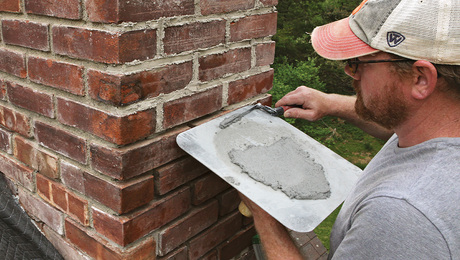
Old masonry may look tough, but the wrong mortar can destroy it—here's how to choose the right mix for lasting repairs.
Featured Video
How to Install Exterior Window TrimHighlights
"I have learned so much thanks to the searchable articles on the FHB website. I can confidently say that I expect to be a life-long subscriber." - M.K.
Fine Homebuilding Magazine
- Home Group
- Antique Trader
- Arts & Crafts Homes
- Bank Note Reporter
- Cabin Life
- Cuisine at Home
- Fine Gardening
- Fine Woodworking
- Green Building Advisor
- Garden Gate
- Horticulture
- Keep Craft Alive
- Log Home Living
- Military Trader/Vehicles
- Numismatic News
- Numismaster
- Old Cars Weekly
- Old House Journal
- Period Homes
- Popular Woodworking
- Script
- ShopNotes
- Sports Collectors Digest
- Threads
- Timber Home Living
- Traditional Building
- Woodsmith
- World Coin News
- Writer's Digest
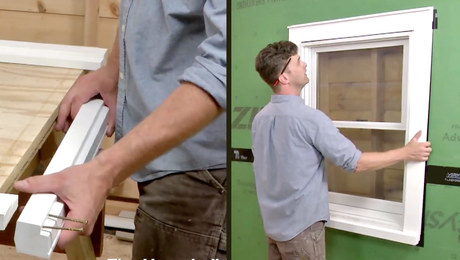
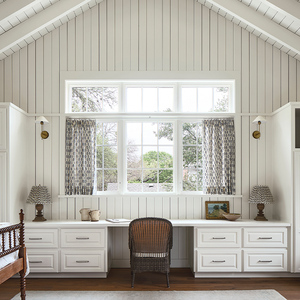
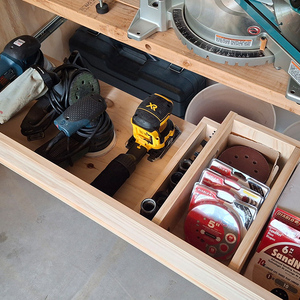
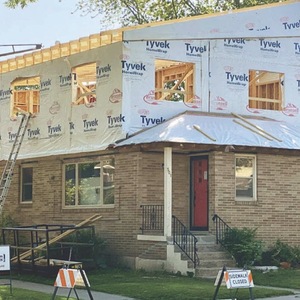
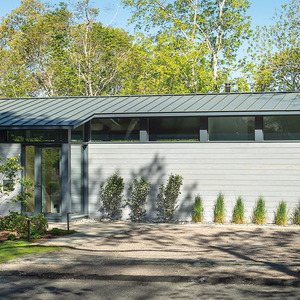













Replies
" Is this a correct interpretation?" - Yes
Is this acceptable according to code?" - No.
You probably need to open all of the boxes on the circuits and see where they are connected.
Also check on wiring in the panel. See if the two breakers are connected to a 3 wire cable (plus ground if this is grounded wiring).
Might suppose to have been a multi-wire circuit that got screwed up. Found one in my house. If that is the case then you need to not only break the connection between the 2 halves, but also move one of the hots so that they are only adacent breakers (on most panels so that they hots are on different legs and the neutral only carrys the difference in current).
BillHartmann has it right.
The most time consuming part is going to be locating the one box which contains the connection of the two circuits. You already know which two breakers are involved so you need to open all of the boxes served by those two breakers.
I think you could probably save some time by looking at the panel wiring first, then the 2 gang and bigger boxes. Hopefully you will find it in these.
Jim
Never underestimate the value of a sharp pencil or good light.
You have cross connected circuits. If you need to keep using them temporarily, turn off one of the breakers. If they're different amperages, turn off the high one.
As for looking in the boxes, first identify all the boxes on the circuits. Are there any that look like they may have been effed around with? Check those first. Then start with the ones nearest the middle of the bunch, and nearest the panel.
If this is your own house and you want to put the time into it, do a complete electrical system tune-up. Look in all the boxes on all the circuits, fix any bad splices, and replace any devices that are worn out. A good Saturday morning project.
-- J.S.
Thanks for your comments. I do not do electrical work every day, so I am still riding that learning curve.
Judson Bryant
Homewrite
Could it be that the "someone" who wired the circuit intended to have two feeds to one pair of outlets where the upper and lower outlets would be disconnected from each other. If the outlet was replaced without breaking the connection, then the two ciruits would be shared. I would not think that this would be to code but a lazy inspector might not catch it.